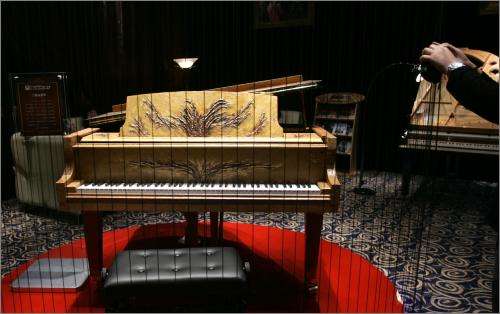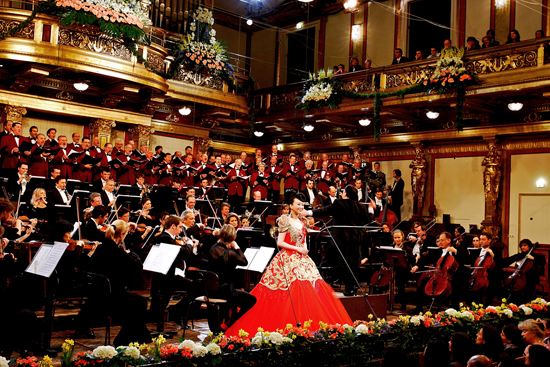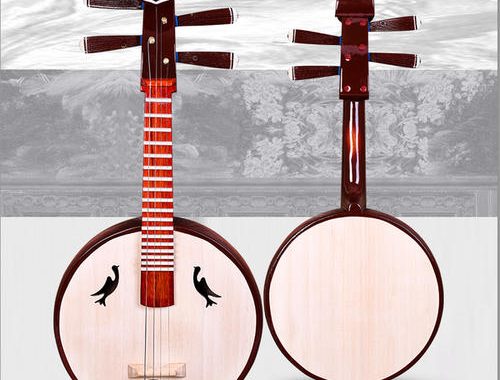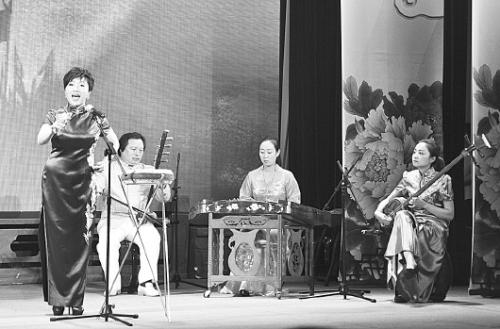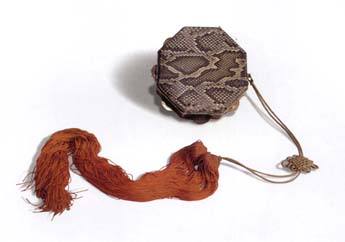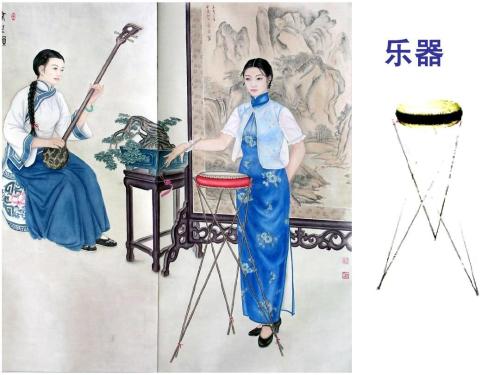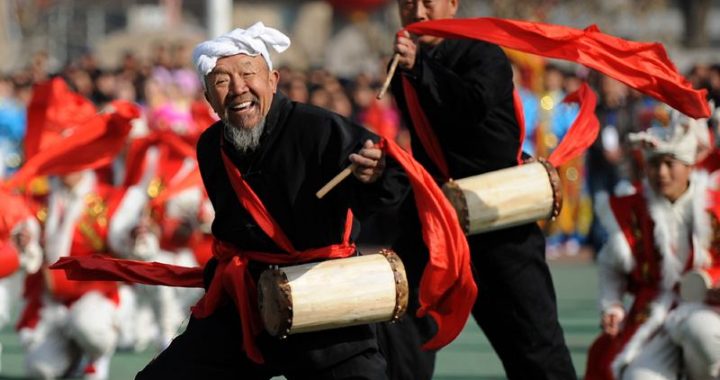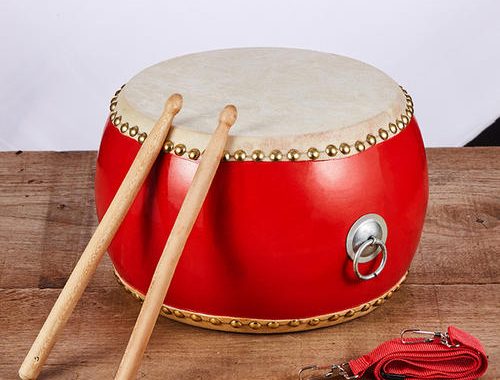Yangqin (hammered dulcimer)
3 min readThere are three strings, the outer two tuned an octave apart and the middle one tuned to a fourth or a fifth.
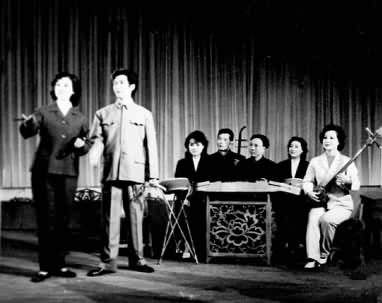
The instrument has a range of three octaves. The left hand presses the strings against the neck, while the right hand plucks the strings, using the fingers or a pick. The tone is bright and cheery. The pipa (lute) is another important plucked string instrument. The modern pipa is approximately 96 centimeters long and has four strings and twelve evenly spaced frets. The back panel is made out of precious woods such as rosewood, and the front panel is made out of paulownia wood. The head is carved with beautiful designs.
The strings are generally tuned to A, d, e, and a, with a range extending from A to g3. The pipa utilizes nu-merous playing techniques, and can produce a wide range of harrnonics and chords.
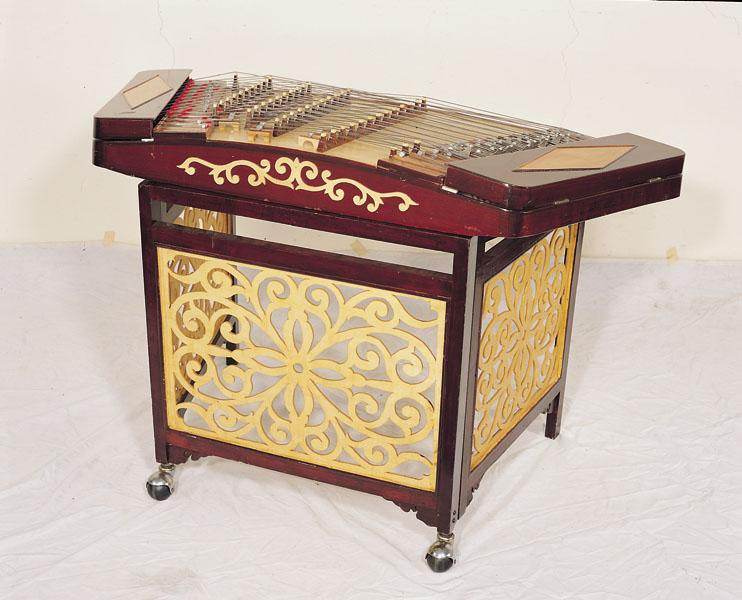
Sichuan Yangqin, also known as Sichuan Qinshu, is a type of Quyi (vocal arts) that is popular in southwest-ern China’s Sichuan Province. Sichuan Yangqin has a history reaching back approximately 200 years. The ensemble generally consists of five seated performers. The yangqin (hammered dulcimer) is in the center front position, with the drums and clappers followed by the huqin (two-string fiddle) to the right, and the sanxian (three-string lute) followed by erhu (two-string fiddle) to the left. It is obvious that the yangqin is the primary instrument of Sichuan Yangqin Quyi (vocal arts). The yangqin (hammered dulcimer) probably evolved in the ancient Middle East and later was introduced to China. The traditional yangqin has a trape-zoidal or butterfly-shaped frame about 90 to 97 centimeters long. The metal strings stretch across the top surface, supported by two rows of bridges and attached to pins on the left and tuning pegs on the right.
There are three types of yangqin, with eight, ten, or twelve strings. The yangqin is played by striking the strings with two bamboo mallets, producing a clear and melodious tone. Modern Sichuan Yangqin perfor-mances often use a new type of tunable yangqin. The tunable yangqin is also widely used in instrumental folk ensembles, narrative song performances, and to accompany regional opera.
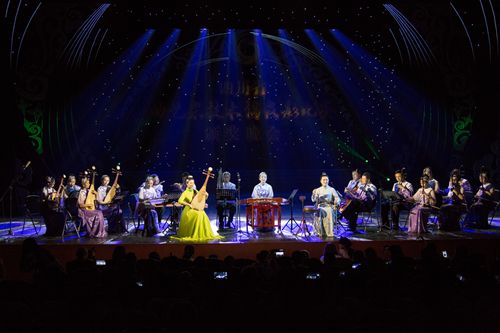
Whether northern Jingyun Dagu or southern Suzhou Tanci, China’s Quyi (vocal arts) all share one distinguishing feature. That is that the lead vocalist not only is responsible for providing the narrative that is central to the performance, but also plays the primary instrument. This instrument is used both to ac-company the vocals and to lead the other members of the group, effectively placing the entire group under the artistic direction of the lead vocalist. Musical instruments therefore serve a defining function in the various types of Quyi (vocal arts), many of which bear the names of their primary instruments. Examples include the yangqin (hammered dulcimer) of Sichuan Yangqin, the lihuapian (pear-flower finger cymbals) of Lihua Dagu, and the word tan (to pluck) in Suzhou Tanci, referring to this form’s plucked string instru-ments, the sanxian (three-string lute) and pipa (lute).
